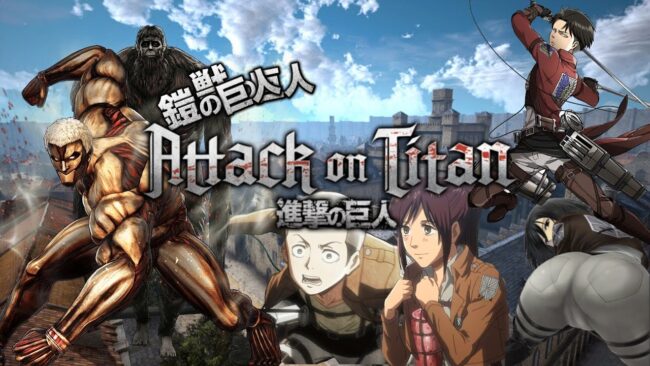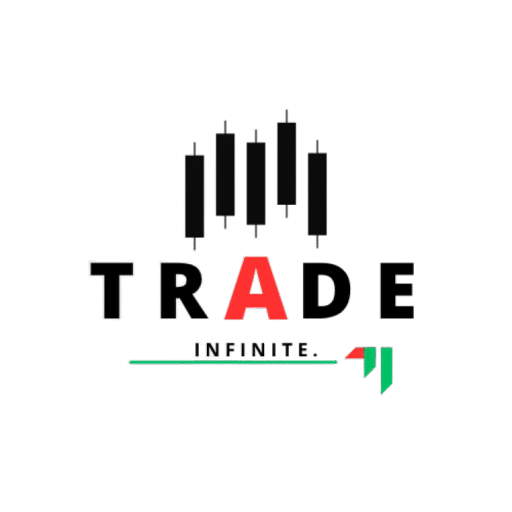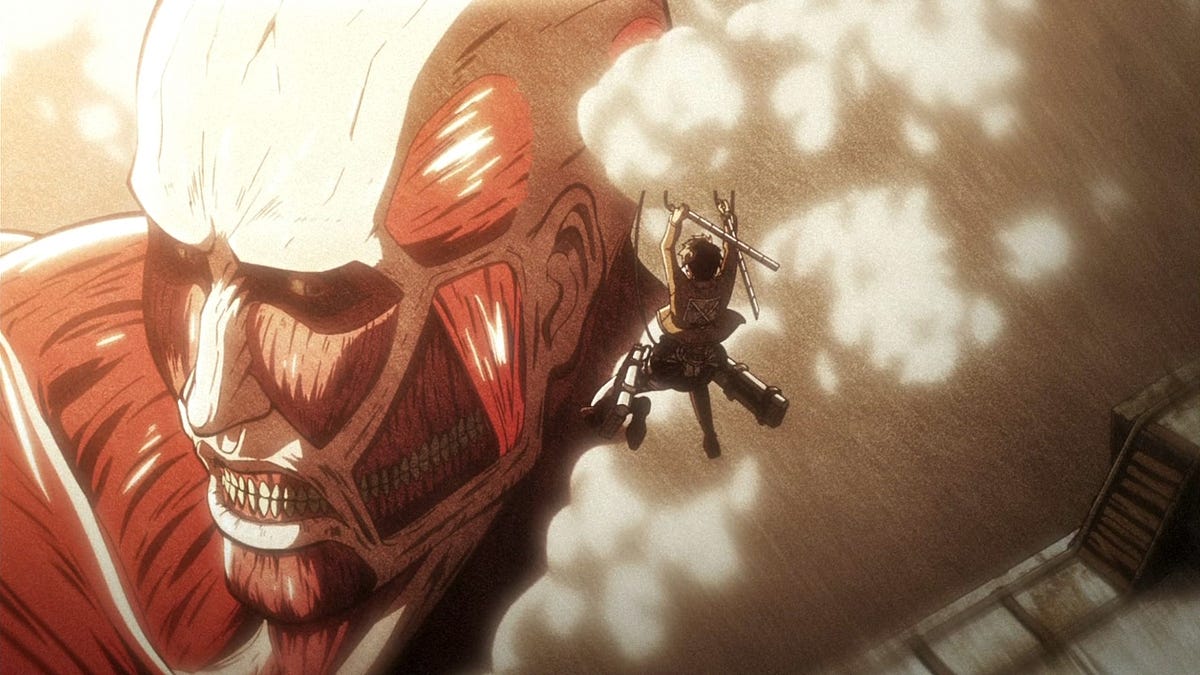From the first moment it peers ominously over Wall Maria, the Colossal Titan establishes itself not only as a symbol of destruction but as a recurrin
From the first moment it peers ominously over Wall Maria, the Colossal Titan establishes itself not only as a symbol of destruction but as a recurring force that reshapes both the world of Attack on Titan and the viewers’ understanding of power. Unlike other Titans, it is not simply a monster—it’s a narrative device, a political weapon, and a mirror for human fear, ideology, and transformation.
This article will examine the Colossal Titan from a thematic perspective, exploring how it transcends its physical might to become a symbol of Attack on Titan’s darkest truths about warfare, identity, and the weight of legacy.
Must visit: tradeinfinite

I. The Colossal Titan’s Function in the Story’s Structure
A Catalyst for Catastrophe
The Colossal Titan first appears in the very first episode of Attack on Titan, violently kicking a hole in Wall Maria. The simplicity and speed of its action stand in stark contrast to the scale of the destruction it causes. This is not a beast of rampage—it is efficient, targeted, and disappears immediately after.
This is deliberate storytelling.
The Colossal Titan’s initial act serves to destabilize not just the physical safety of humanity behind the Walls, but also the psychological and philosophical underpinnings of their existence. In a single moment, humanity’s illusion of safety collapses. The Titan thus becomes not just an enemy—but a plot mechanism for awakening the world.
Recurrent Symbol of Tipping Points
Every appearance of the Colossal Titan marks a key shift in the story’s power dynamics:
- Wall Maria breach (Year 845): Begins the Titan war for humanity.
- Trost District attack: Prevents humanity’s counteroffensive, stalling their hope.
- Shiganshina battle: Reveals the Titan-shifter truth to the protagonists.
- Liberio attack by Armin: Demonstrates that the “heroes” are capable of the same destruction as their enemies.
Each appearance reinforces that the Colossal Titan isn’t just massive in stature—it’s a pivot point for the entire story’s ideological transformation.
II. The Titan as a Political Weapon
Marley’s Military Tool
In Marley, the Colossal Titan is not viewed as a curse, but as an asset—one of the Nine Titans used to exert imperial control. Passed down among Warrior candidates, it is treated like a nuclear deterrent. In fact, its transformation ability and level of destruction closely resemble real-world nuclear warfare, especially in how it’s used against enemy cities and civilian populations.
For Marley, the Colossal Titan is a symbol of dominance. Its deployment is calculated, not emotional—something that contrasts strongly with how Paradis experiences its wrath.
Paradis’s Perception
For those within the Walls, the Colossal Titan is a terror—mythic, unknowable, and unstoppable. To them, it is the embodiment of the world’s hatred and cruelty, and for years they believe it to be a mindless force of nature. Only later do they learn that a human was behind it all—a child soldier named Bertolt, manipulated by an imperialist regime.
This stark contrast in perspectives highlights a key theme in Attack on Titan: the subjectivity of truth in wartime. The Colossal Titan is neither savior nor demon—it is a tool, and how it is used defines what it becomes in the eyes of others.
III. The Psychology of the Inheritors
Bertolt Hoover: Power Without Will
Bertolt is the Colossal Titan’s original inheritor (in the timeline of the series) and perhaps its most humanized. He is quiet, insecure, and highly passive for someone who wields such destructive power. His greatest strength—loyalty to Reiner and the mission—is also his greatest flaw, leading him to participate in actions he barely comprehends emotionally.
Bertolt is not a sociopath or a zealot. He is the terrifying reality of a good person enabling atrocities because they “don’t know what else to do.”
His guilt, especially in later arcs, becomes overwhelming. He breaks down, torn between his actions and his inability to find another path. In one of the most memorable scenes, he begs for someone to stop him—because he knows he cannot stop himself.
Armin Arlert: Idealism Confronts Reality
When Armin inherits the Colossal Titan after the Battle of Shiganshina, the tone of the Titan’s use shifts dramatically. Armin, once a boy full of wonder, ideas, and pacifist dreams, is forced into the body of a weapon of mass destruction.
Unlike Bertolt, Armin uses the Titan only when absolutely necessary—but when he does, the consequences are massive. His transformation in Liberio results in the deaths of hundreds, if not thousands, of civilians. The scene is filled not with triumph but horror.
This action shatters Armin’s idealism. He realizes that in war, being right doesn’t absolve the damage you cause. In becoming the Colossal Titan, he becomes what he once feared—proof that power changes people.
IV. Metaphor and Symbolism
Embodiment of Mass Destruction
The Colossal Titan is Attack on Titan’s most explicit metaphor for nuclear weapons. Its explosive transformation, wide-scale civilian casualties, and moral ambiguity mirror the use of nuclear bombs in human history. It doesn’t discriminate between soldier and civilian, ally or enemy. Its use is a statement of total dominance—regardless of the cost.
This is reinforced when Armin uses it against Marley, making viewers question whether “justice” justifies such methods.
Fear and Propaganda
To those within the Walls, the Colossal Titan is the face of their enemy, the ultimate “other.” Its image is seared into their minds as the source of all suffering. This aligns with real-world wartime propaganda, where the enemy is reduced to a single terrifying symbol.
Ironically, once Armin becomes the Titan, this propaganda collapses. The monster is now one of them—soft-spoken, thoughtful, and painfully aware of the cost of each breath he takes in that form.
The Burden of Legacy
Both Bertolt and Armin are portrayed as gentle souls crushed under the weight of the Titan’s legacy. In both cases, the Titan is a burden, not a gift. They inherit not just its abilities, but its consequences—past and future.
This theme of legacy—especially in relation to inherited trauma and conflict—is central to Attack on Titan. The Colossal Titan is not just a weapon; it is the living past.
V. Transformation and Loss of Innocence
The Moment of Change
Both inheritors undergo significant character evolution through the Titan. For Bertolt, it’s a slow burn—watching him go from hesitant to hardened. For Armin, the change is sharp, immediate. From the moment he levels Liberio, he is no longer the same person.
That act haunts him.
The Colossal Titan thus functions as a storytelling device to show the cost of war on the soul. You cannot wield that much power and remain unchanged.
Innocence to Agency
Armin’s journey in particular reflects the transition from innocence to agency. As a child, he dreams of oceans and freedom. As a Colossal Titan, he’s forced to kill for those dreams. This transformation shows that ideals are often compromised in the face of survival—and that even the gentlest among us can become monsters when pushed far enough.
VI. The End of the Colossal Titan
End of Titan Powers
By the series’ conclusion, all Titan powers vanish after Eren’s death and the breaking of Ymir’s curse. This includes the Colossal Titan. Armin survives, but his Titan form is lost.
This ending is thematically satisfying. The source of humanity’s suffering—Titan power—is removed, but the damage remains. Scars from the Colossal Titan’s destruction cannot be undone. Cities are still gone. Loved ones are still dead.
The message is clear: war may end, but its consequences do not vanish with it.
Legacy in the World
Armin continues as a peacemaker and diplomat, trying to prevent another cycle of revenge. His past as the Colossal Titan looms over him—not just as a tactical asset but as a moral reminder. He must now build a future that justifies the terrible things done in the name of survival.
The Colossal Titan’s legacy is one of devastation—but also of reflection. It forces both the characters and the viewers to ask: what is the cost of peace, and who must pay it?
Conclusion: The True Weight of the Colossal Titan
The Colossal Titan is more than just the biggest and most explosive of the Nine Titans. It is Attack on Titan’s ultimate narrative mirror—reflecting the personal cost of war, the weaponization of ideology, and the transformation of individuals under immense power and pressure.
Whether in Bertolt’s reluctant silence or Armin’s haunted resolve, the Colossal Titan embodies the idea that power is never neutral. It carries the weight of every person crushed beneath its feet and every wall brought down by its fists. And in the end, it reminds us that true strength isn’t found in destruction, but in what you do after the dust settles.
FAQs
Q1: Why is the Colossal Titan so powerful?
Its immense size, explosive transformation, and steam emission make it one of the most destructive Titans in the series.
Q2: Who were the known inheritors of the Colossal Titan?
Bertolt Hoover and Armin Arlert.
Q3: How is the Colossal Titan connected to nuclear symbolism?
Its transformation causes an explosion similar to a nuclear blast, and its indiscriminate destruction mirrors the moral questions around real-world WMDs.
Q4: Why does Armin rarely use the Colossal Titan?
Because of the devastating consequences. Armin is highly aware of the moral weight of using such destructive force.
Q5: What role does the Colossal Titan play in Marley’s military?
It serves as a deterrent and front-line assault weapon, similar to a strategic nuke in modern geopolitics.
Q6: How does the Colossal Titan represent loss of innocence?
Both Bertolt and Armin are gentle characters forced into destructive roles, showing how war corrupts even the kindest individuals.
Q7: Is the Colossal Titan still alive at the end of the series?
No. All Titan powers vanish after Eren’s death and Ymir’s curse is broken.




COMMENTS